Innovation is the key to transforming STEM careers opportunities

In this article, Lisa Tomkins, Education Outreach Partner at the Met Office, discusses the importance of collaboration between businesses, educators, and the education sector in nurturing the next generation of STEM professionals. She shares insights into the Met Office’s initiatives to engage students, support learning, and provide diverse career pathways.
Forecasting the future is in our nature here at the Met Office. Whether it’s tomorrow’s weather forecast or the science of climate change over the long term, we’d like to think that we know our way around looking to the future.
The forecast for future workforce needs has long been under the microscope in the STEM and education sectors but, fortunately, it’s a forecast that businesses and educators have the chance to anticipate and plan for positively. To do so requires innovation and collaboration from all sides.
At the Met Office, like many businesses that have a wealth of STEM career options, there is a recruitment challenge to find and nurture the next generation of developers, scientists, data analysts and technology professionals.
There are steps that organisations can take to make themselves more attractive to those new to the field, but to get to the heart of the issue requires a joined-up approach between schools, further education, higher education and employers, providing young people with the details and experiences they need to make informed choices regarding their education and career pathway opportunities.
FE provides valuable support for young people transitioning from student life through to what can be an exciting and rewarding career in STEM. What we’ve learnt at the Met Office, through our own work and that of others, is that employer engagement across the whole education system is a powerful tool which can widen participation in STEM subjects and break down barriers limiting access to STEM careers. One such barrier is self-perception. Many young people simply don’t feel that they would ‘fit’ a role in STEM, particularly those who do not have family or other contacts working in the sector.
Education at the Core
While a relevant FE course can often feel like the most pivotal step towards a career in STEM, at the Met Office we take the approach of engaging across the curriculum from an early age, to help increase young people’s attainment, skills development, and appreciation of the range of career options in the STEM sector.
For years we’ve worked with educators on the development and provision of exciting activities and resources to engage students with subjects around meteorology, climate science and the wider scientific sphere. However, recent years have seen us look more closely at our provision for FE students, apprentices, university students and career changers.
As well as preparing for careers in STEM, students also need to prepare for careers in the post-Covid world, where hybrid working is often the norm for technology companies.
One way we’ve sought to create an accessible pipeline to a career at the Met Office is the creation of our online work experience programme, in partnership with Springpod. We launched a trial in the summer of 2023 and more than 500 students from across the UK took part, engaging in tasks that we see in our day-to-day work and getting the opportunity to chat with employees at the Met Office.
The success of the trial has seen this online element of our work experience offer become a fully-fledged part of our offer, giving people from around the UK the chance to work with the UK’s national forecaster across the academic year.
As well as providing geographical reach, what was clear from the pilot was that the online work experience attracted a greater diversity of young people than we had previously reached. Over 50% of the trial’s participants were female, and students from many other demographic groups, that are historically underrepresented in STEM careers, took part.
Skills for Work
As a large, internationally recognised employer, we have a responsibility to help the next generation into the workforce. While this obviously includes providing resources for schools and colleges, it also means helping young people develop the skills to be successful in applying for jobs, and the power skills to thrive in a role.
This is why the application process for our in-person work experience, which is open to students aged 14-18, mirrors the application process for a permanent role at the Met Office. Where students struggle in the process, we provide feedback and encourage them to try again. If we can troubleshoot application issues at an early stage, then more people can be successful in recruitment later.
As ever, it’s important to note that this work doesn’t take place in isolation. As part of our efforts to collaborate even more closely with education partners, we’ve developed a consortium of over 20 schools and colleges that inform our work, to make sure we’re providing the education content students need, while also helping to address any barriers students might have when considering careers in STEM.
By working with this network of schools and colleges, we can sense-check ideas, reinforce strengths, and ensure maximum impact and reach for Met Office education outreach in schools and colleges.
As an employer, we also value the transferable skills that young people can bring to the organisation. Teamworking, problem-solving and communication are some of the skills that are valued greatly by STEM organisations, often in a way that young people don’t expect.
Obviously academic and technical attainment remains an important hallmark of our recruitment process, but the workforce of the future needs to have diversity of background and thought, which is why we invest time engaging proactively with FE providers.
Diverse Recruitment for Diverse Workforce
We know from research, including the ASPIRES project at UCL, that most young people are interested in STEM subjects. However, a great proportion of these don’t consider a career in STEM to be ‘for me’ because jobs in the sector are unfamiliar to them, as they don’t know people who work in STEM roles.
If someone has friends or family who work in the STEM sector, they’re far more likely to consider this pathway. It’s one of the reasons we work so hard to involve our Education Outreach Ambassadors in school and college curriculum delivery, through which they can talk about careers pathways and progression.
Long gone are the days when an organisation like the Met Office would have one defined entry route that people could undertake to access employment – though that still does exist for roles in meteorology, among others. In order to build a diverse workforce, with people who come from different backgrounds and think in different ways, we know from our work with colleges that it’s important to provide career pathways for a range of learners.
We value having entry routes that suit the range of interests and circumstances that make us all different.
School and college leavers, and those looking for a career change or return to the workplace, might find our apprenticeships are suitable. Undergraduate students, may be interested in our Industrial Placement scheme or the Summer Internships we participate in. Graduates may consider our Graduate Development Scheme or, for those wanting to become a Meteorologist, our Foundation Operational Meteorologist Training.
Now, the greatest challenge is making sure teaching staff and career advisers are aware of the different entry routes offered so that students can be informed of the opportunities available, improving their ability to choose progression paths that suit their needs.
A Moveable Future
While we’ve made progress, working with schools and colleges to support delivery of STEM subjects and showcase STEM careers, it’s no secret that challenges remain. However, the FE sector has shown over the years how adaptable and quick-footed it can be in addressing skills challenges and creating the workforce of the future, equipped with the practical and academic skills that are needed.
With the right mix of innovation, collaboration and open-mindedness, the forecast can still be a bright one for the UK’s STEM sector.
By Lisa Tomkins, Education Outreach Partner, Met Office


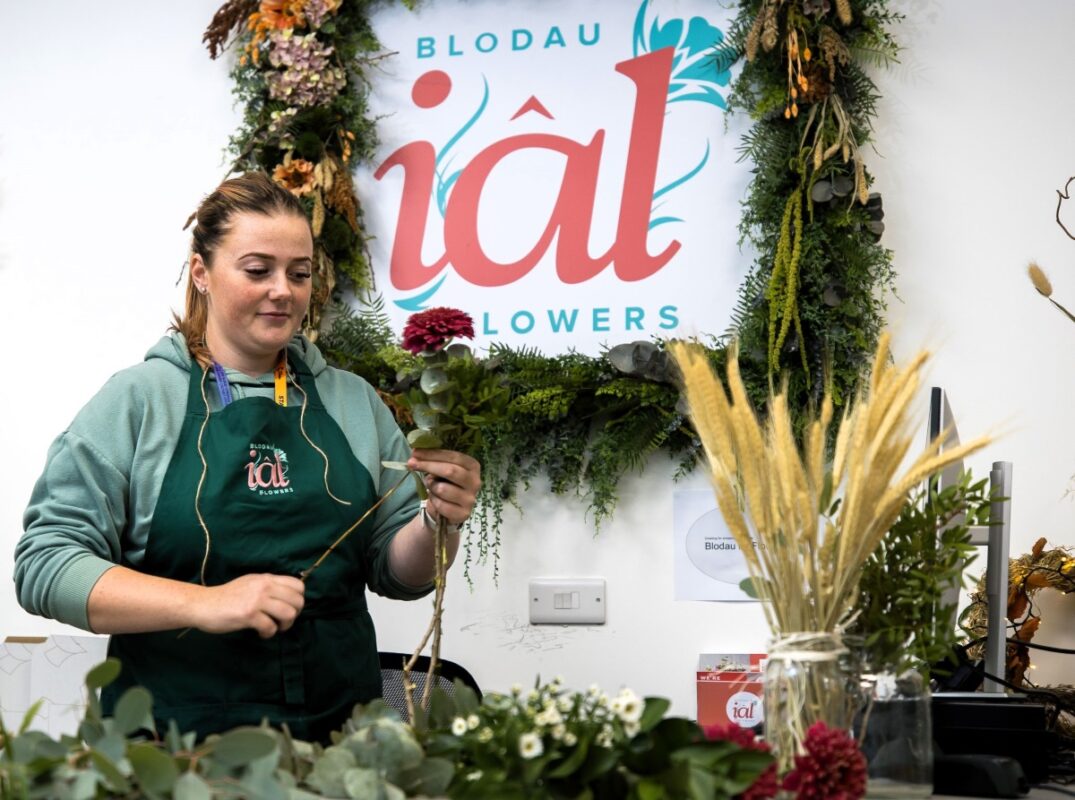

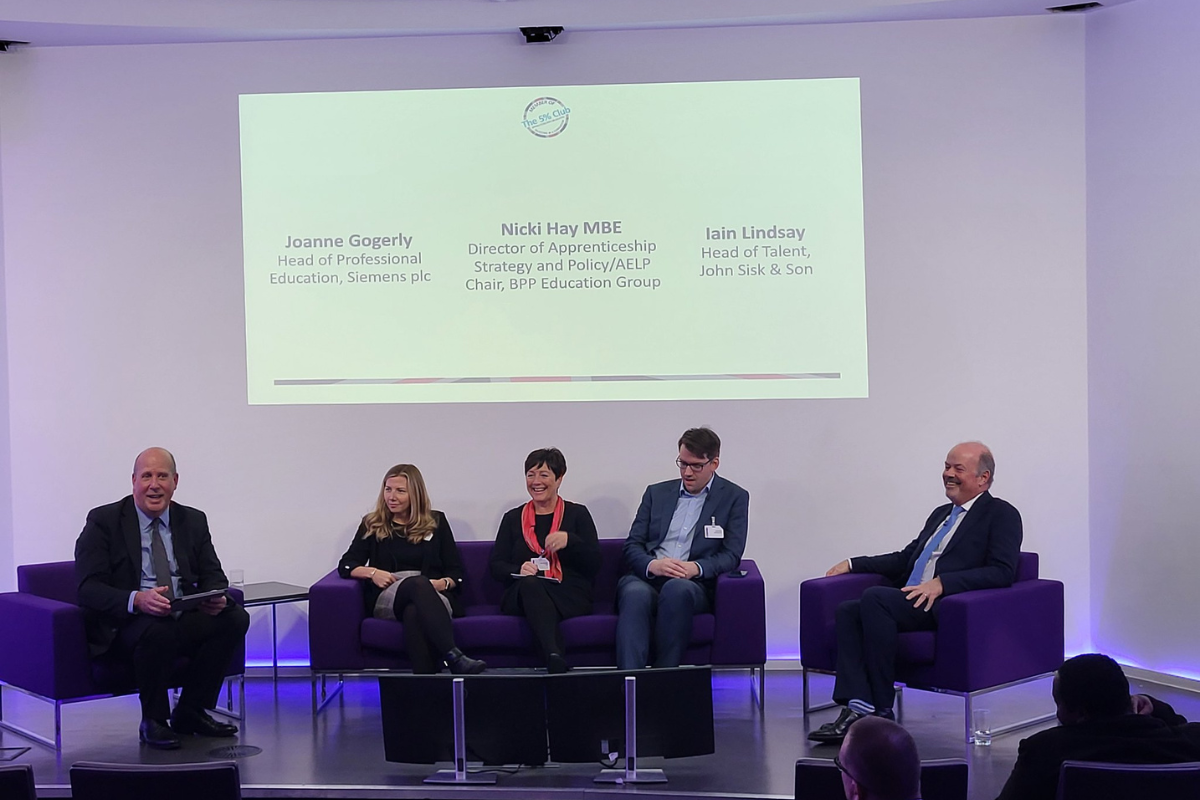


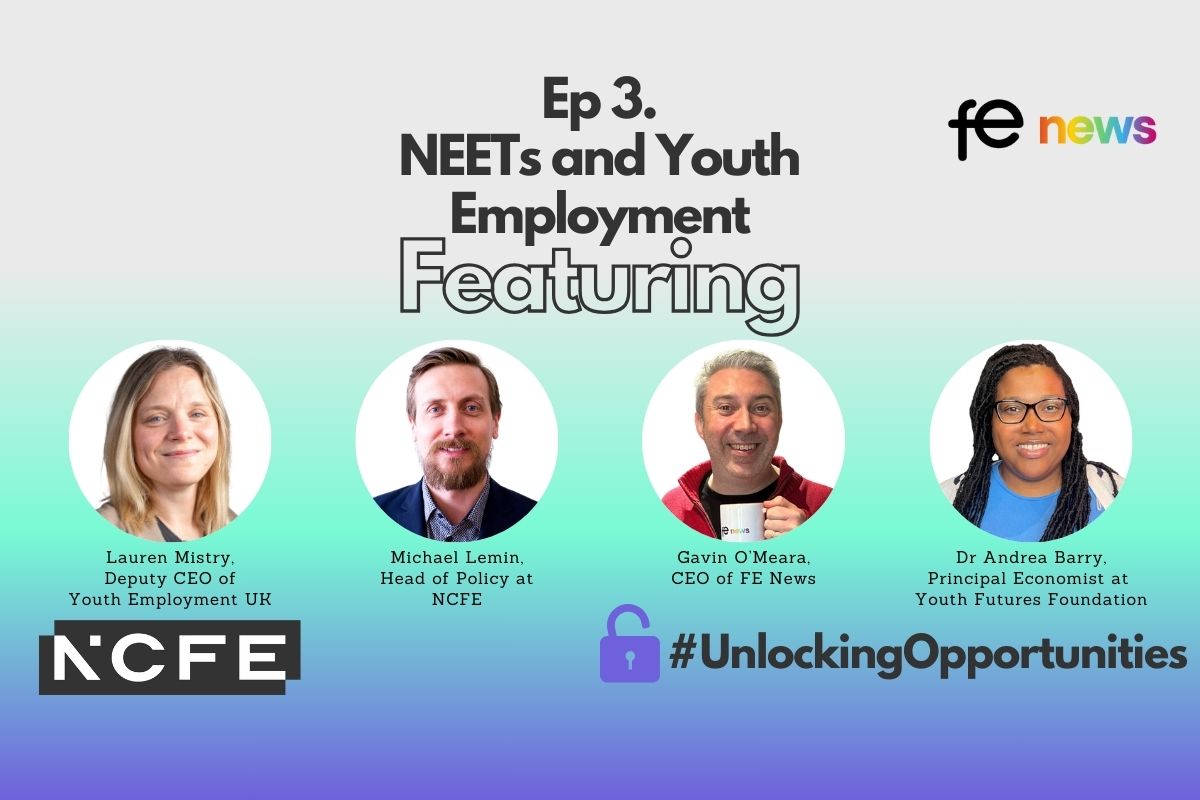
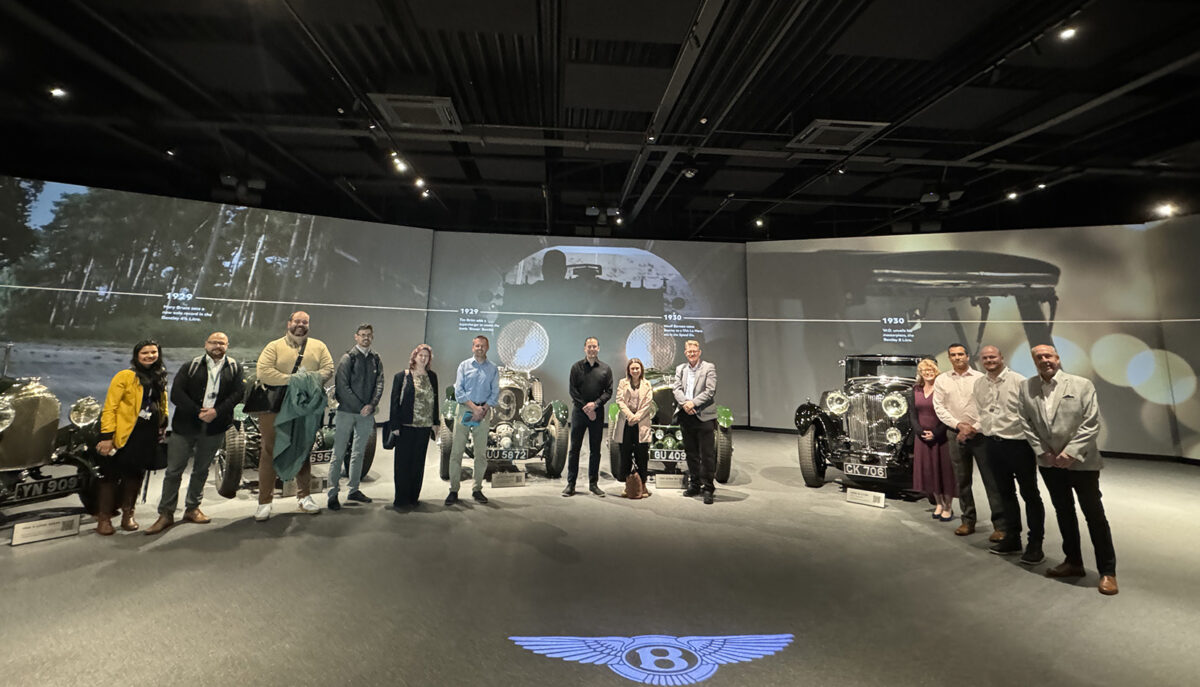
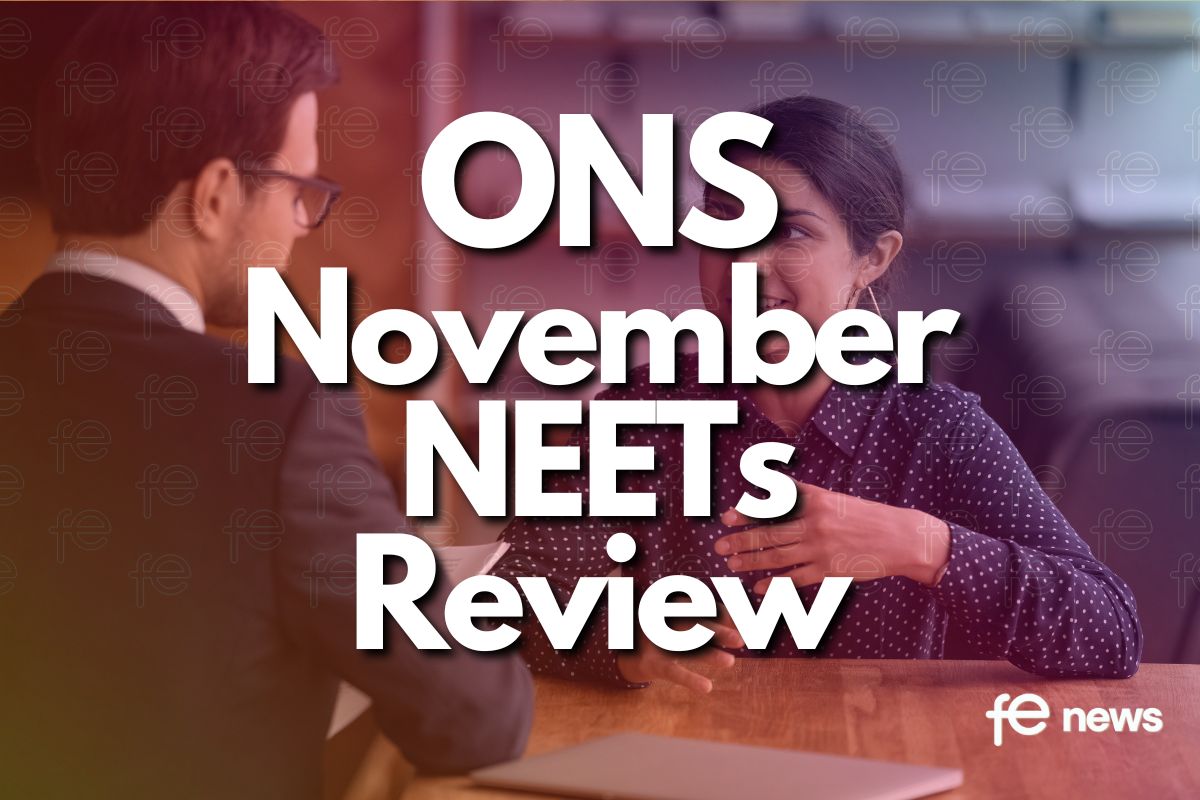
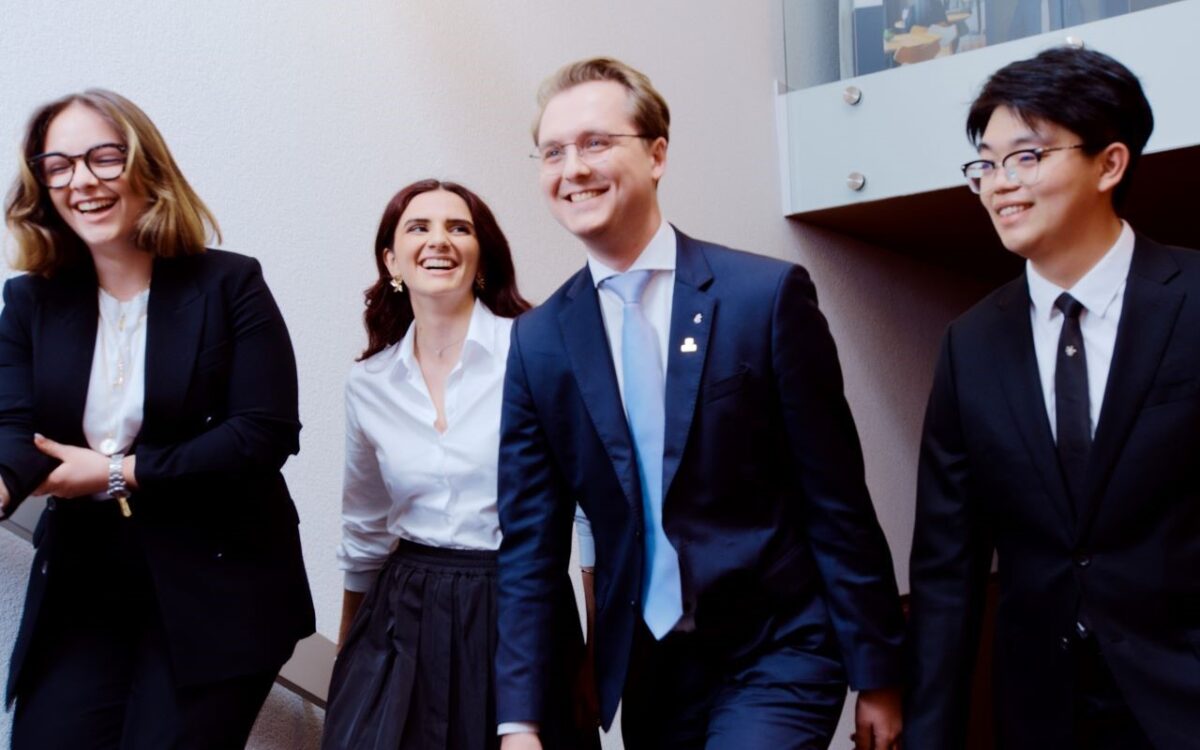
Responses